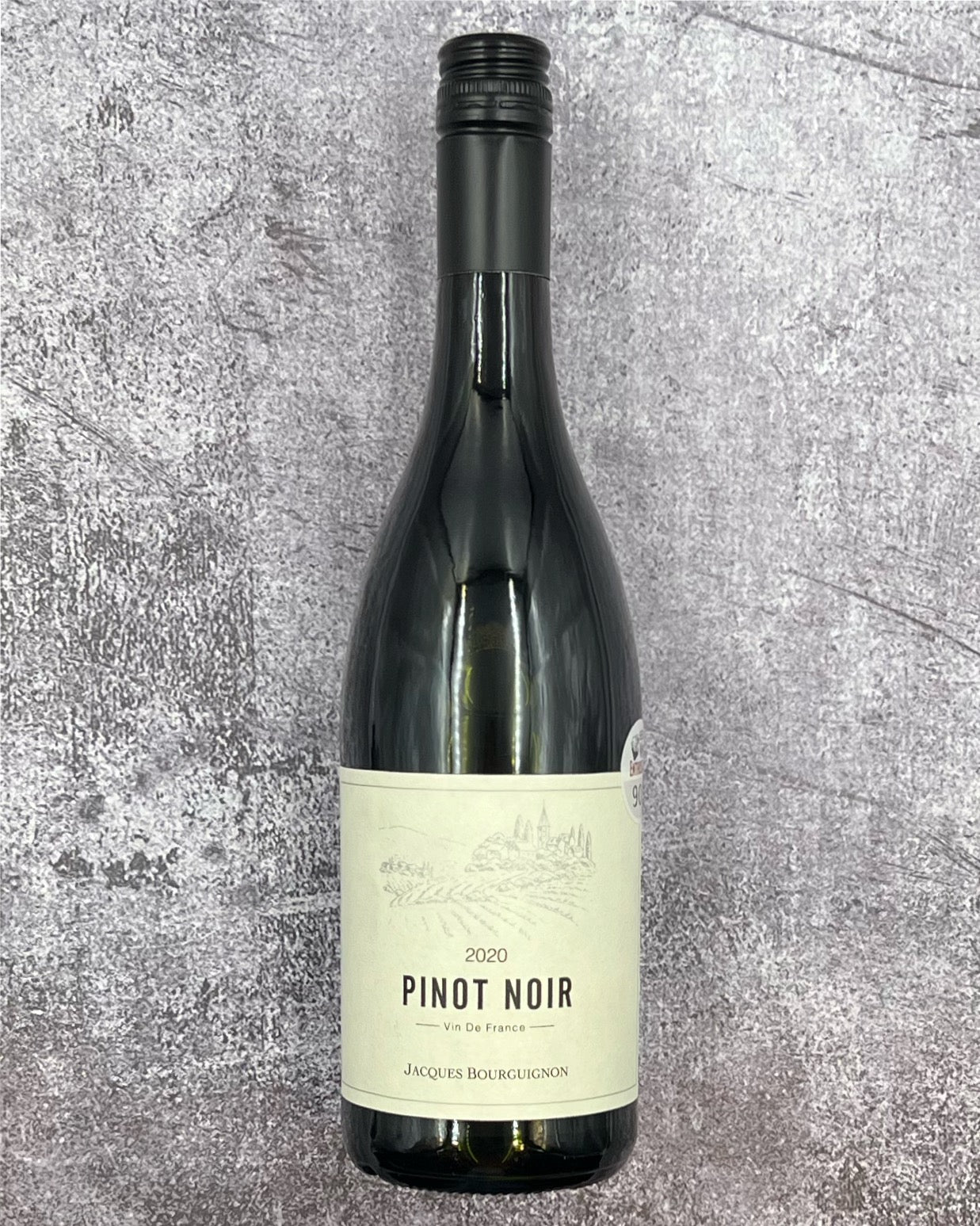Description
Varietal: 100% Pinot Noir
From: France
Taste: This Pinot Noir exhibits a perfumed wine with scents of earth, spice, cherries, strawberries, herbs and raspberries. It is a light to medium-bodied wine, with rounded edges and a versatile nature. Oregon and French Pinot Noir lovers will find common ground here.
Pairing: Pinot Noir matches well with duck, pork, veal, chicken, squab, tuna, salmon and other meaty fishes. It’s also a perfect match for Asian cuisine, but stay away from pairing this with delicate seafood &/or spicy dishes. Go for pork/chicken/beef/salmon/tuna and rice dishes that incorporate a sweet & sour element or lean into umami flavors or that feature Chinese five spice within the dish (check out the recipe below).
Hoisin-Glazed Pork Bowl With Vegetables
By Susan Spungen
About the grape, general. Pinot Noir, the only red wine grape of Burgundy is thought to have been born from a seldom seen grape that is grown in only a few select areas of France, Gouais Blanc.
Pinot Noir as a plant is quite complicated and seems to have spread its wings, giving birth to several off springs of various Pinot Noir clones. In fact, there are 16 known, unique different types of Pinot noir grapes grown today.
It’s a popular grape that has become even more wide spread over the past 40 years. Recent studies show that Pinot Noir is the 10th most widely planted grape in the world! Today there are a total of 117,358 hectares and probably more under vine of PN cultivated all over the world.
While the varietal grows in countless other countries, it reaches its highest peaks of expression in the cool climates and stony soils found in the Burgundy region in France. It’s is also an important grape in Champagne, where it is either used on its own, or as a blending grape with Pinot Meunier and, or, Chardonnay. Like all the noble grape varieties, Pinot Noir also has its own holiday, International Pinot Noir Day is celebrated every August 18.
It’s wine is produced in a myriad of styles, depending on the terroir the vines are planted in and the desires of the wine maker. In France, the grape has naturally high acidity levels, which can vary, depending on if the grape is whole cluster vinified, meaning the stems are not removed, or not. Also, the degree of ripeness will have a lot to do with the style of the wine. The levels of ripeness can vary depending on the ambient temperatures, hours of sunshine, soils, picking dates, micro climates and rootstock.
As a varietal, it’s a finicky, less hardy grape than Cabernet Sauvignon. It requires low yields and is subject to numerous issues in the vineyard that can be brought on by wind, cold or hot weather, fungus or rot, due to its thin skin and susceptibility to disease. The grape does best in cool, dry climates with well drained, stony, or chalk infested soils.

